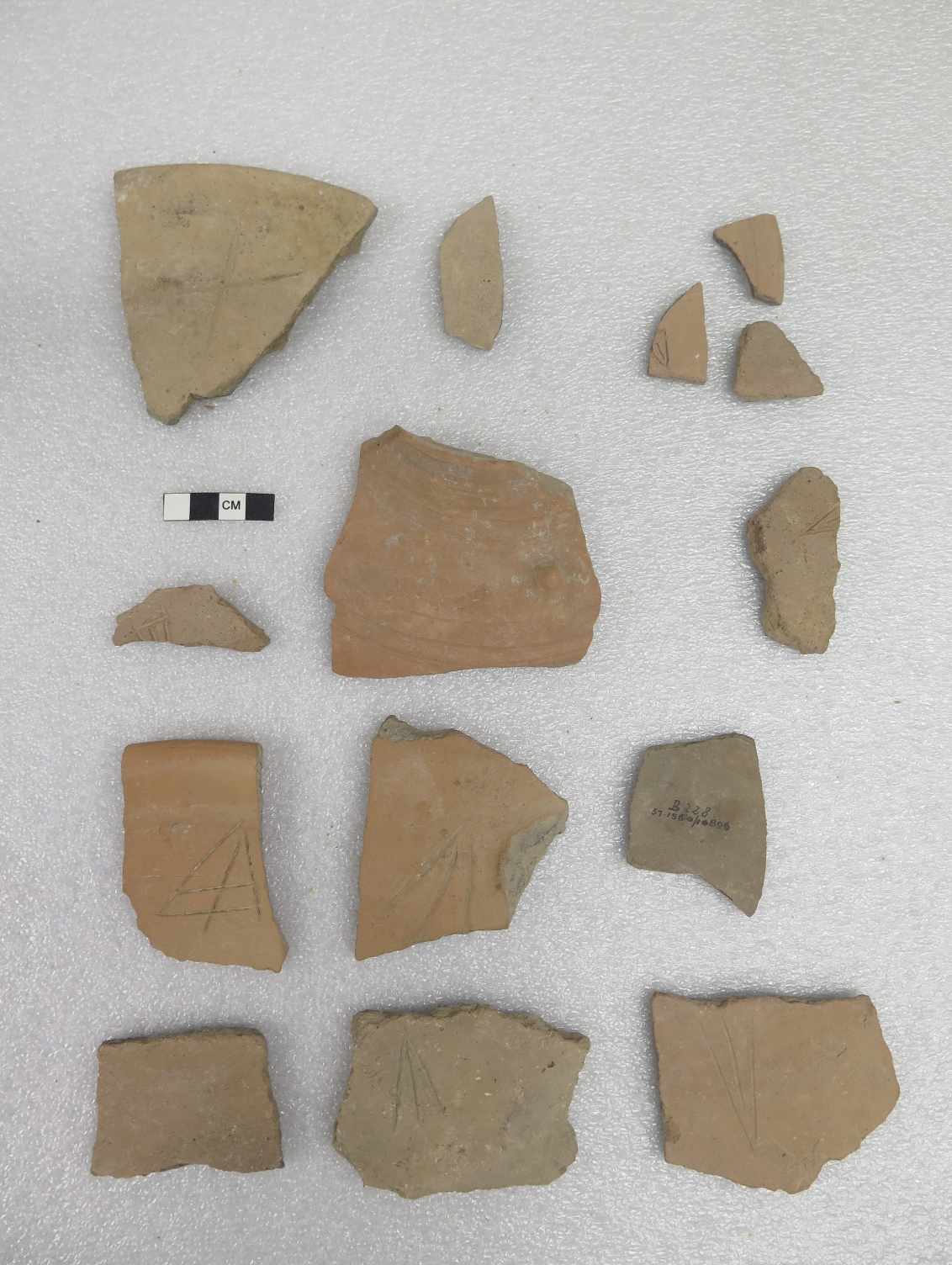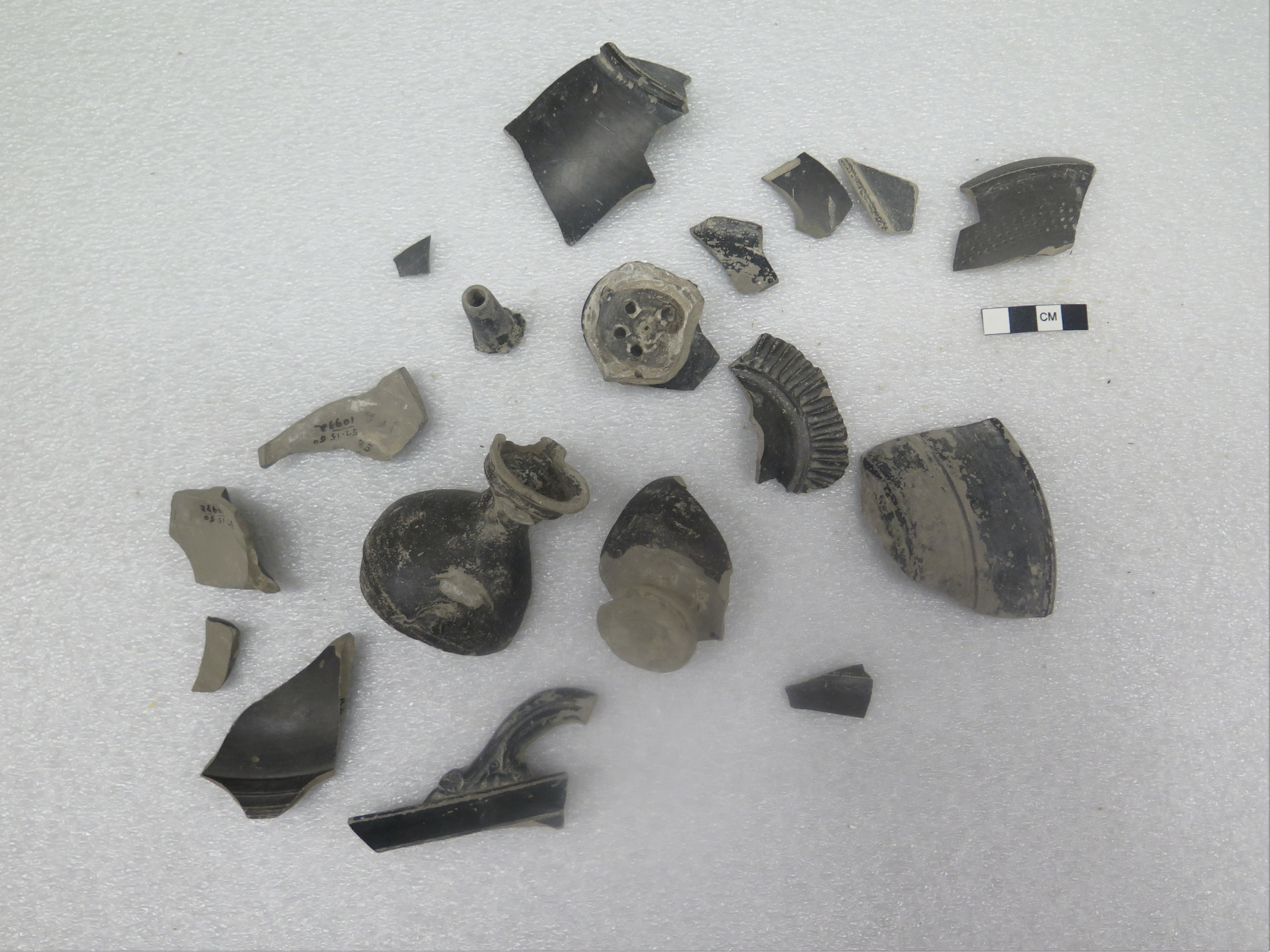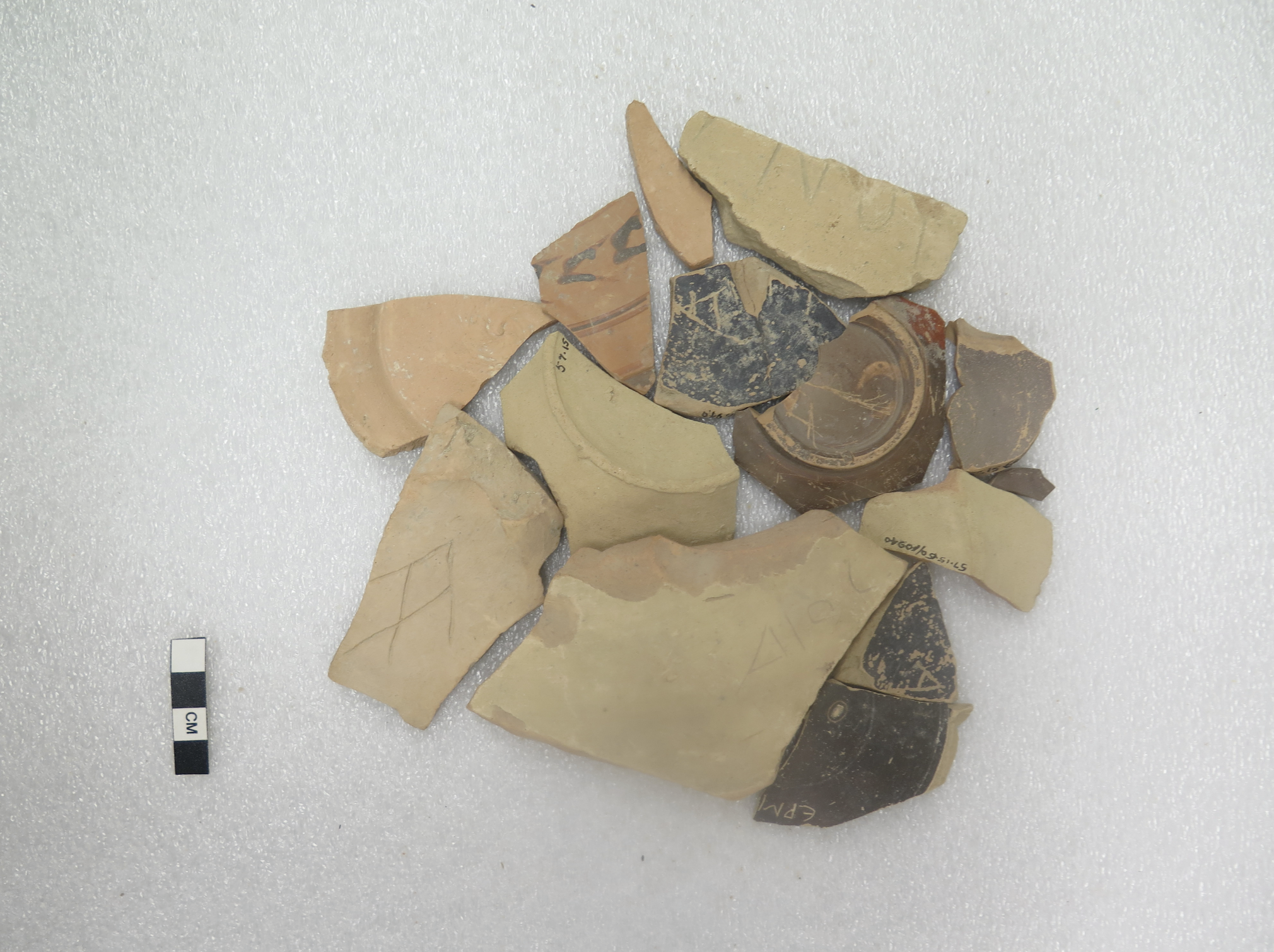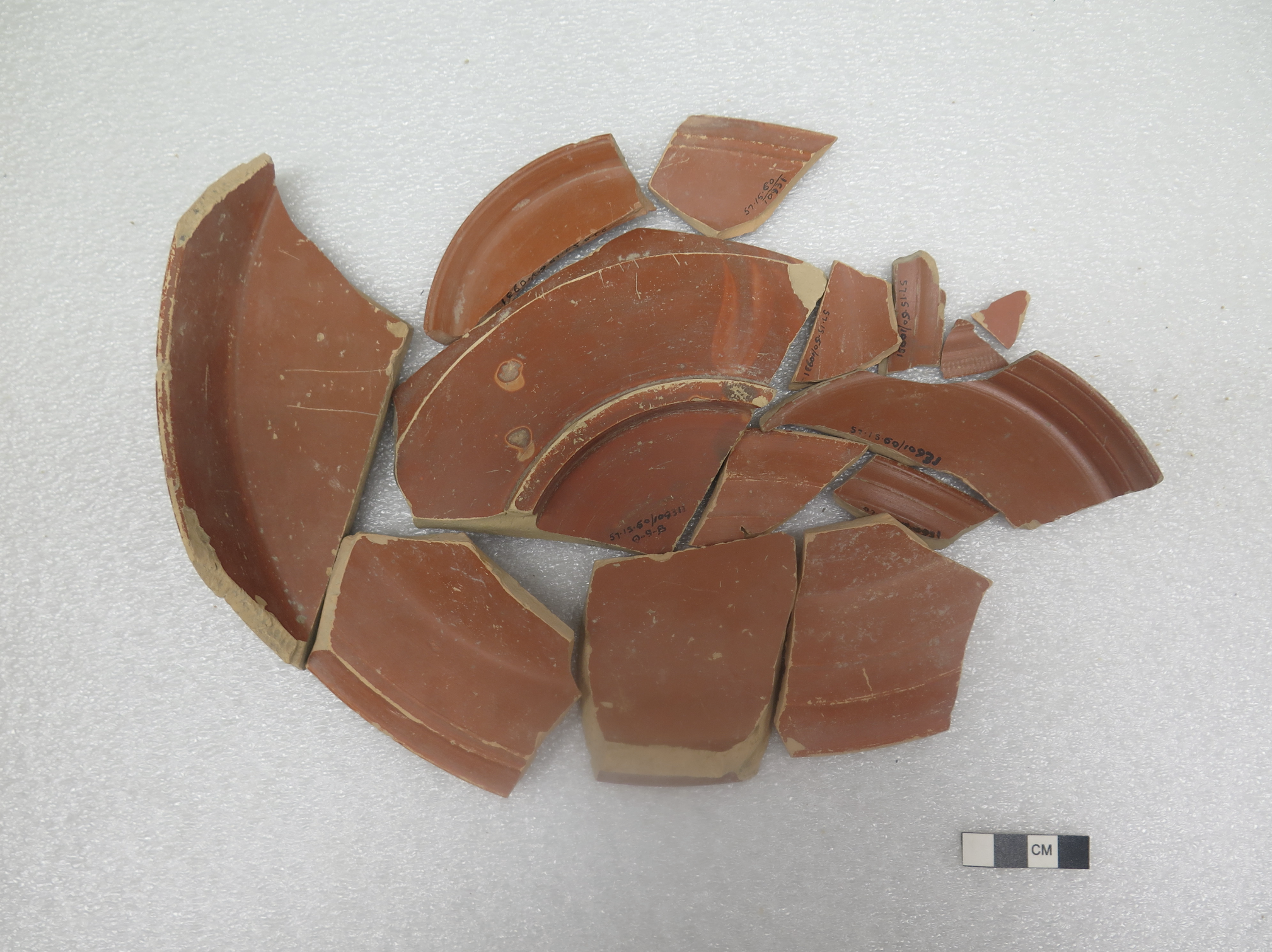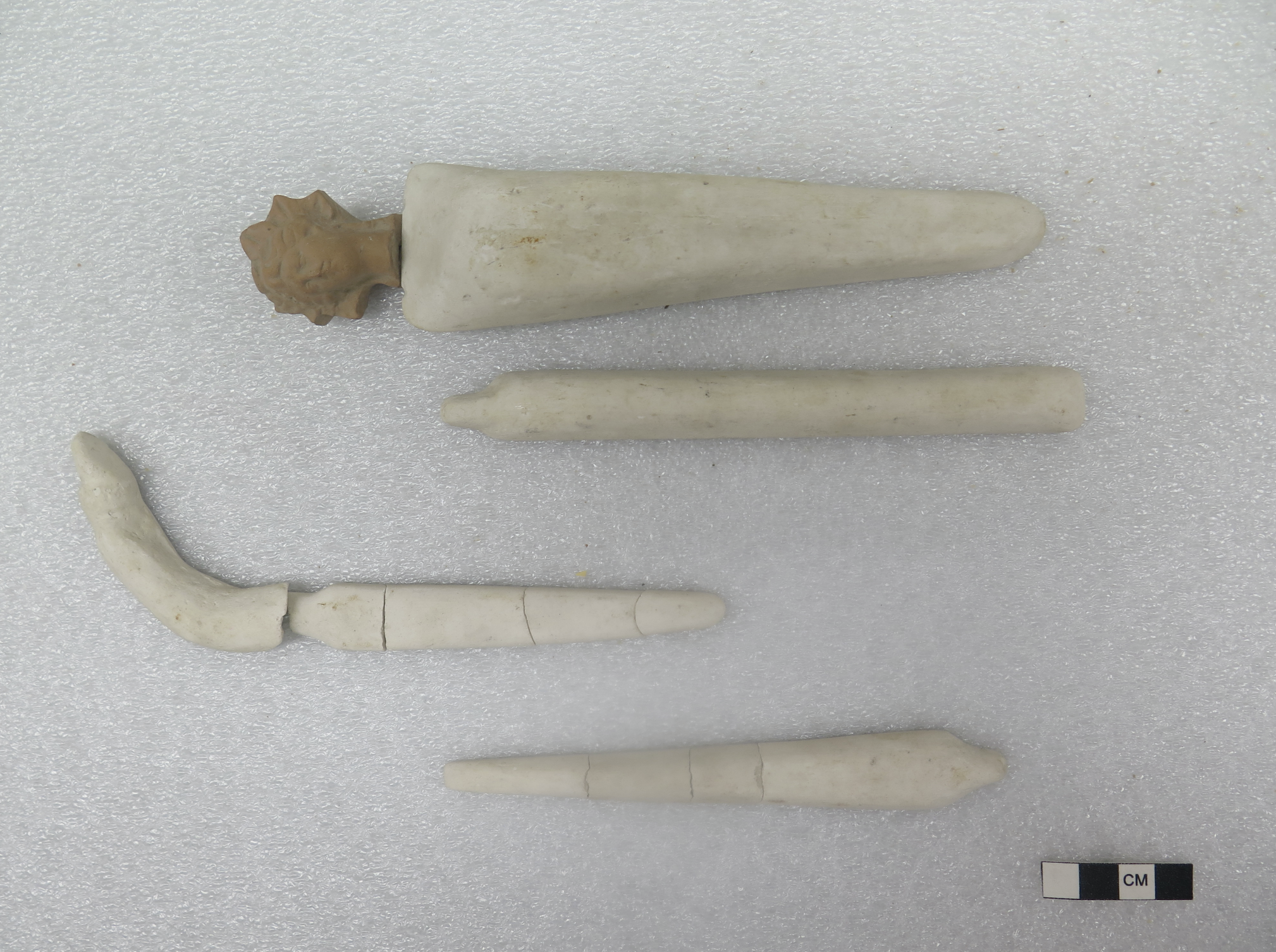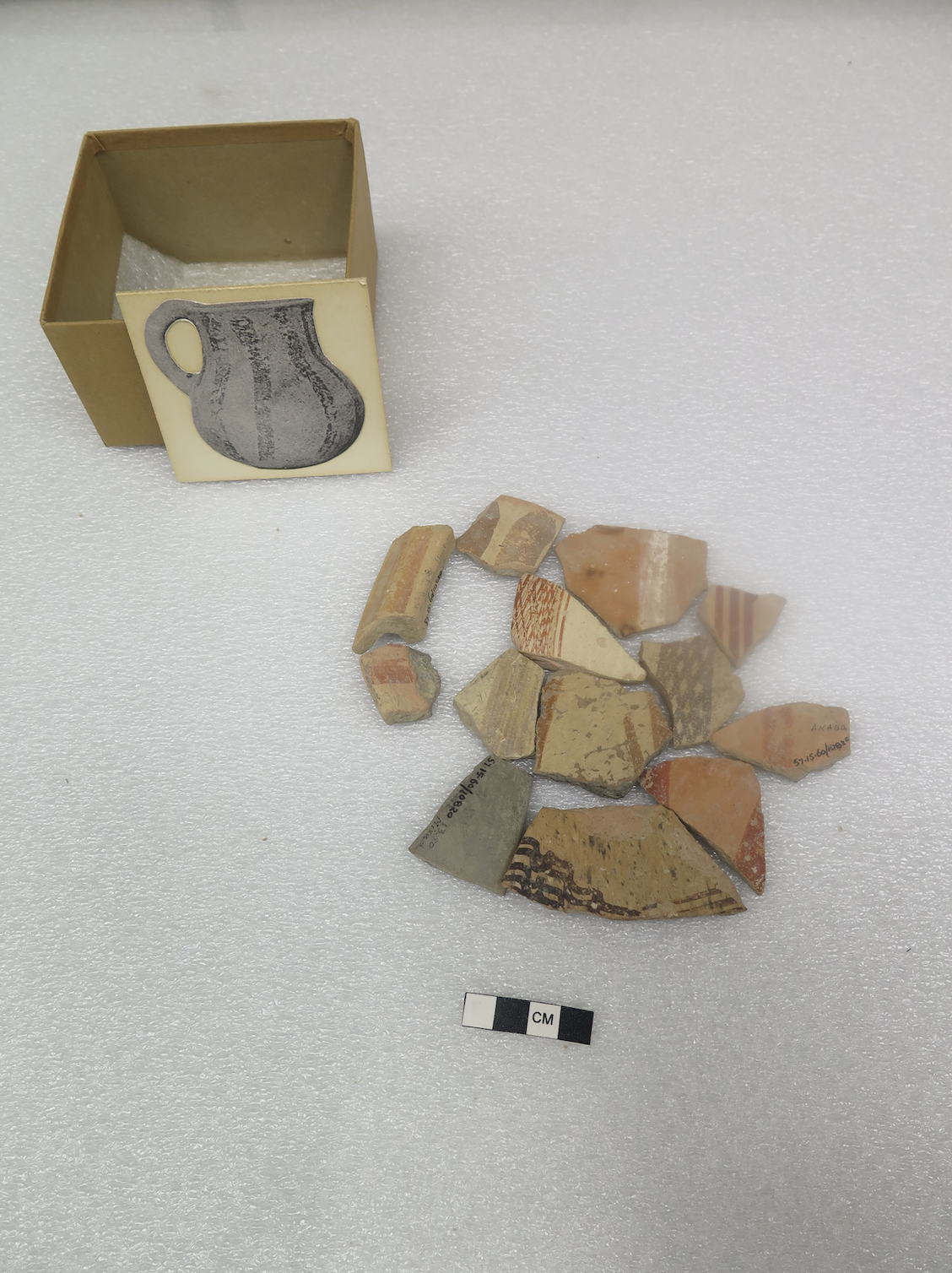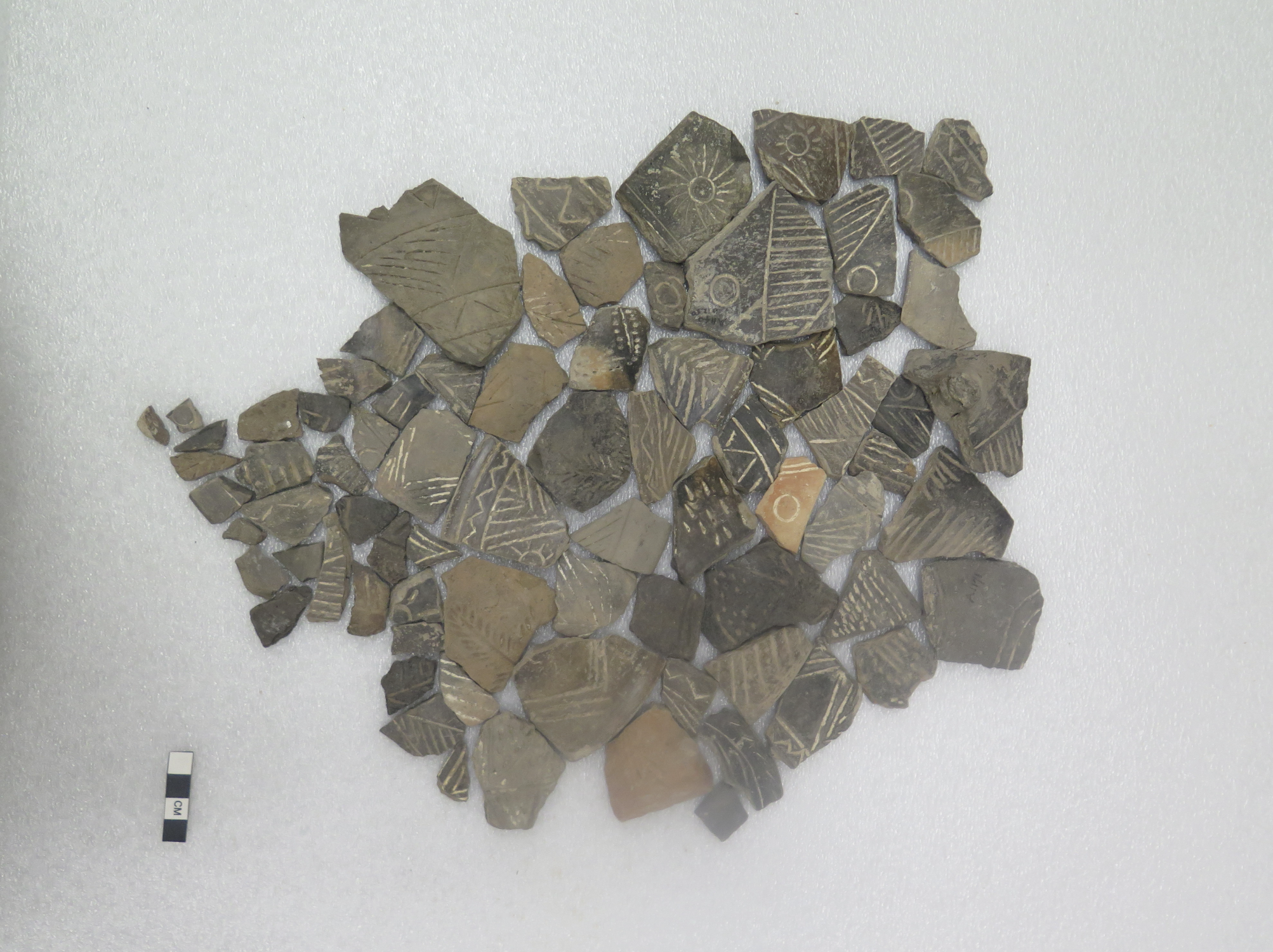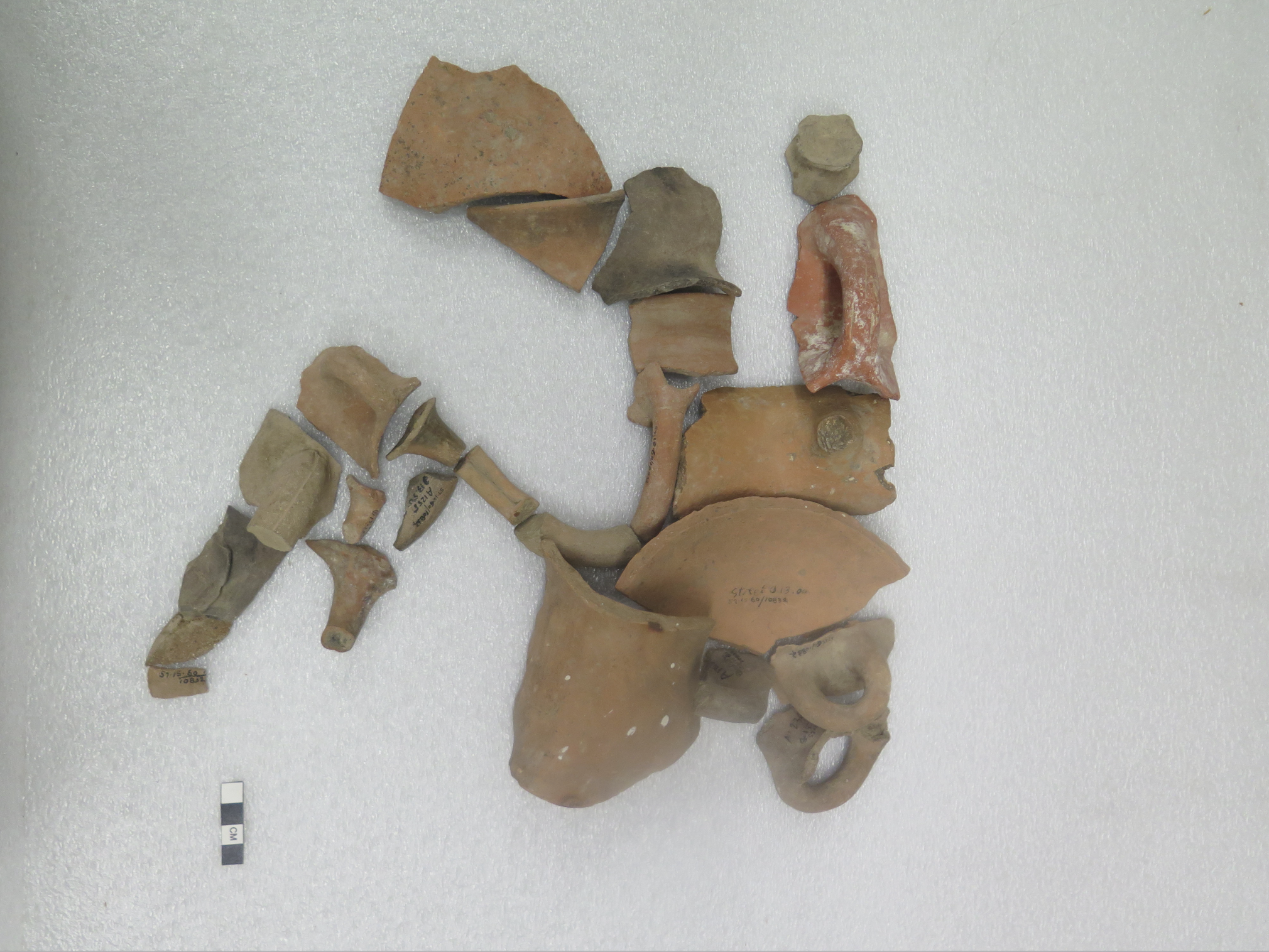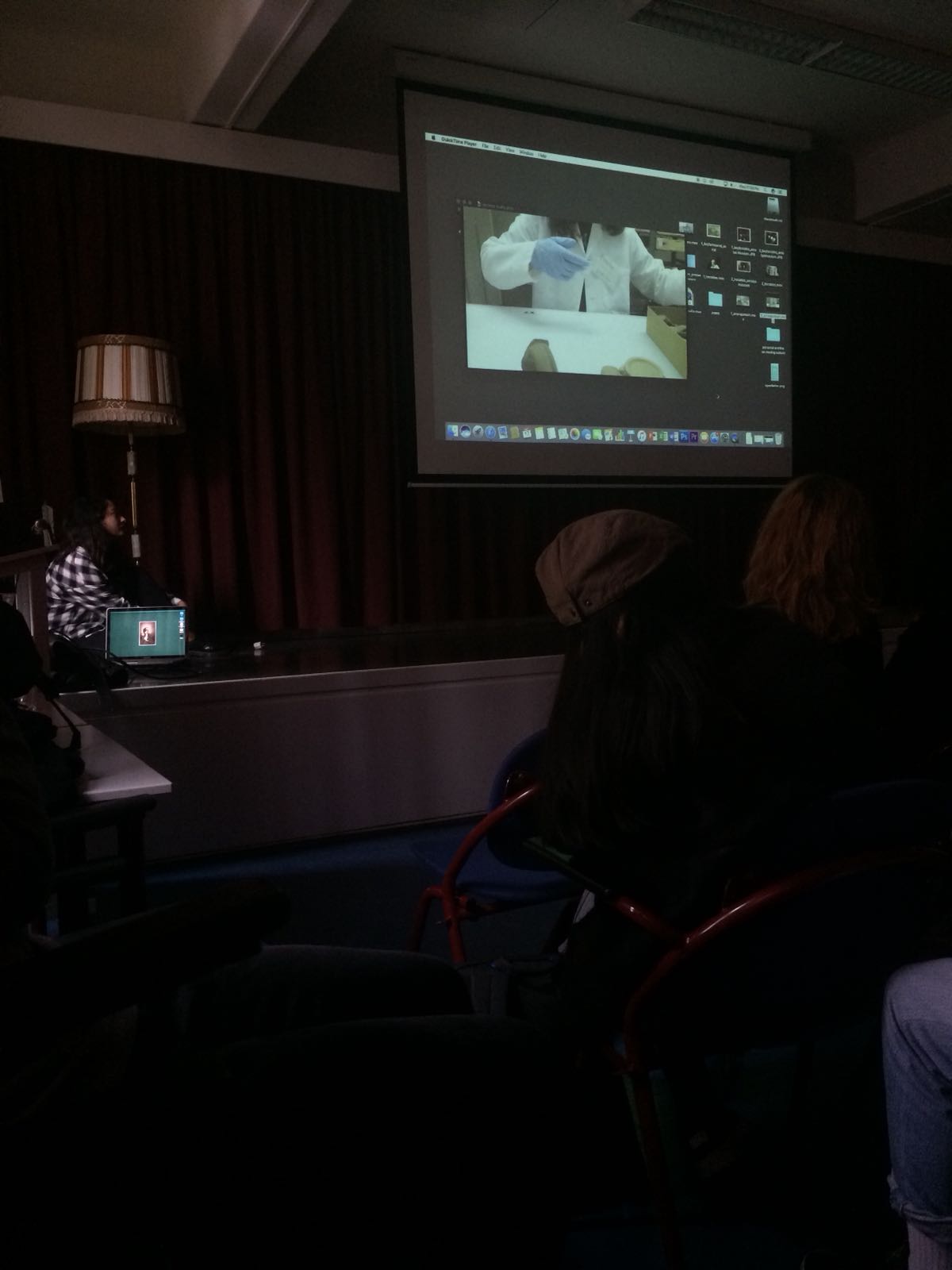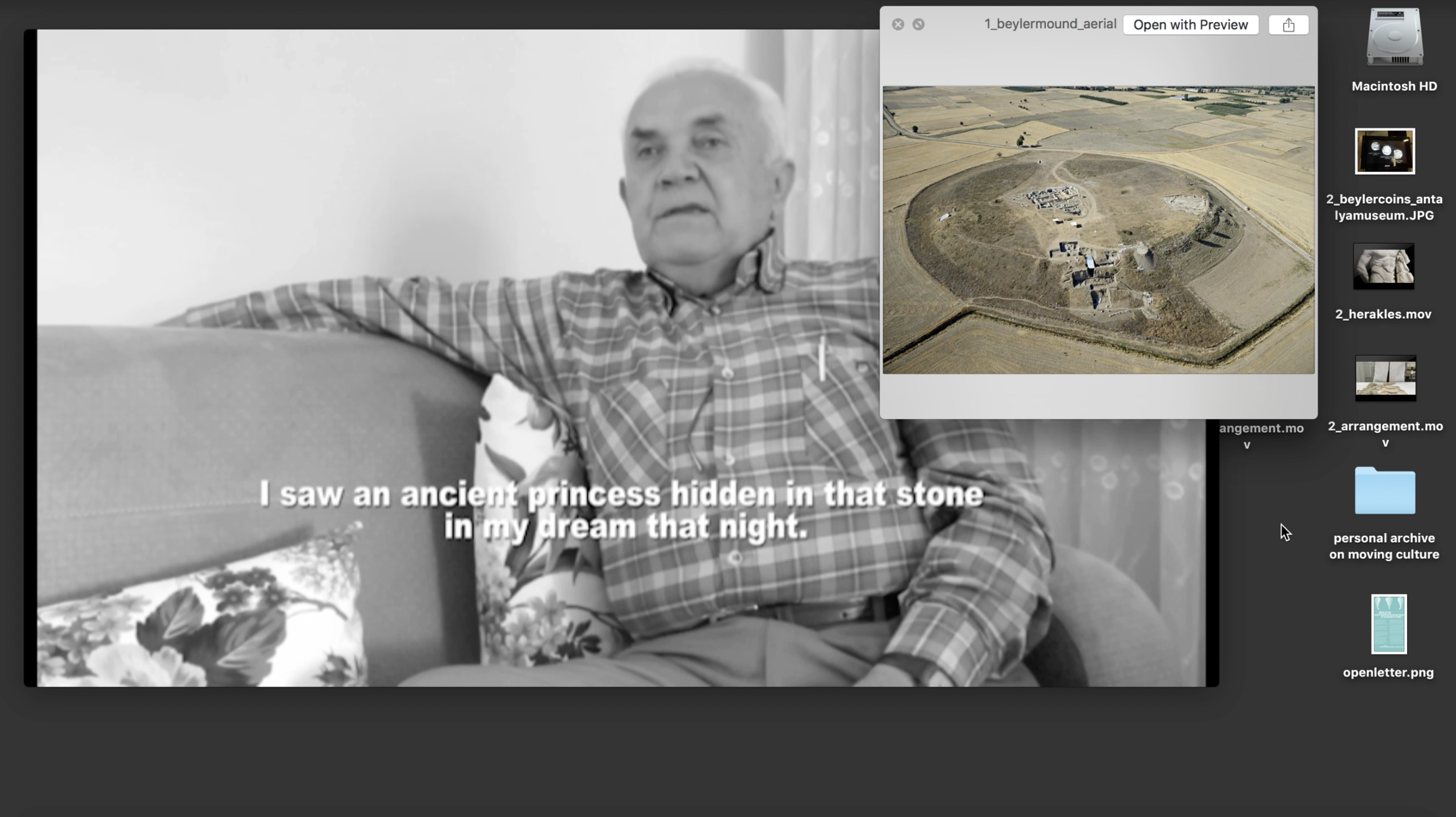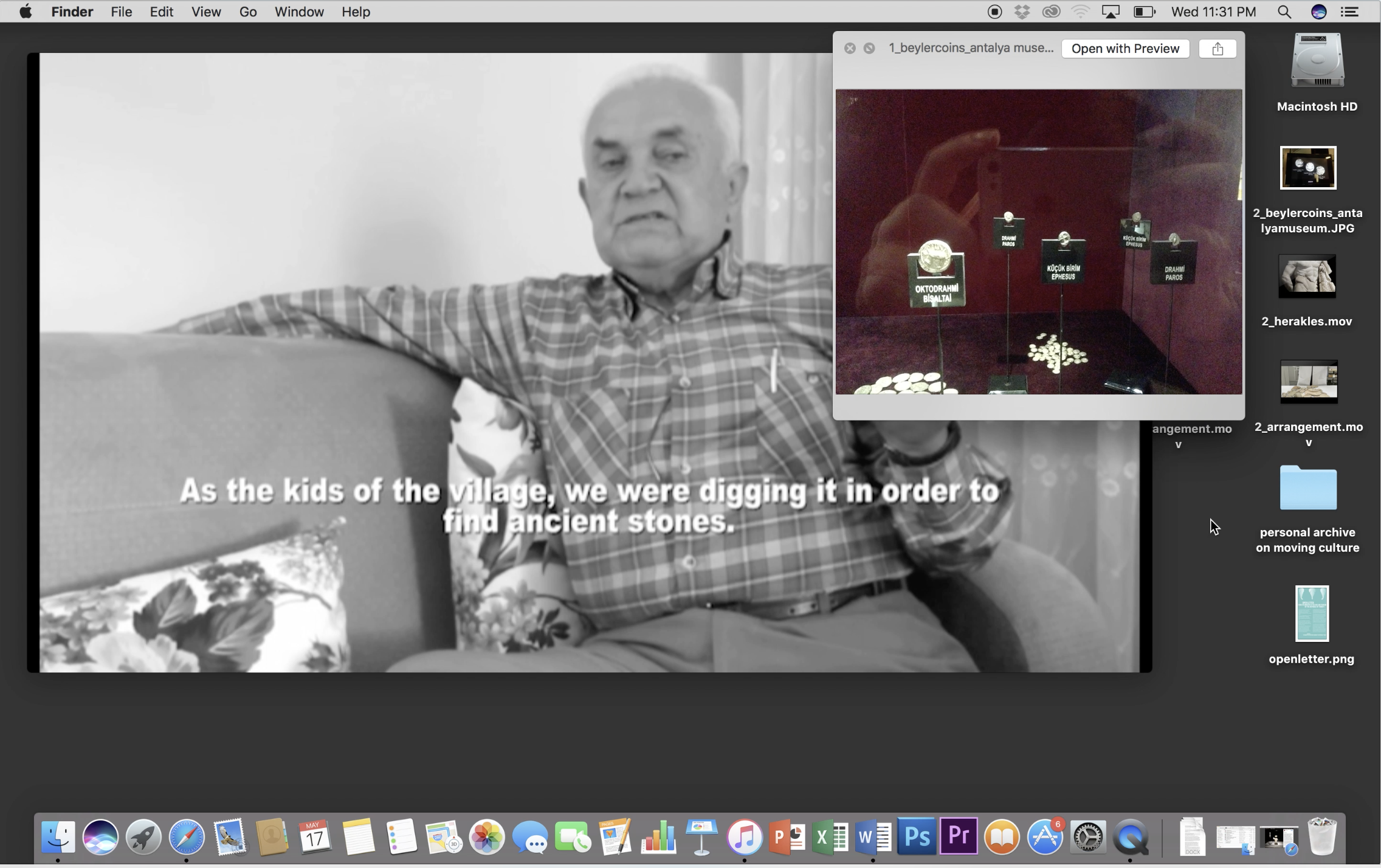Towards A Radical Mythocracy (2017)
Poethical Fragments, Photographs, Research, Performance, Desktop-Video.
From the abstract of my MA thesis ‘Who Owns Modernity?: Towards a Radical Mythocracy’, mentored by Hypatia Vourloumis at Dutch Art Institute MA Art Praxis Program.In 2016, I began a research project with a short film and series of photographs addressing the aspect of ownership of the archaeological artefacts surrounding the ancient landscapes in Turkey. After the Gezi events in 2013, the 90’s generation realized more and more how our perception of our surroundings was heavily controlled via media tools and educational system. Therefore, because these hegemonic tools can be used effectively by the power structures of the government, I also distrusted the forced and idealized image of archaeology related to national identity that was shaped by history books, media and the news. After deciding on standing as close as possible to the direct source of knowledge, in a rather fragmented research approach, I started collecting disintegrated facts from multiple connections. I conducted an interview with my grandfather who had grown up in a village next to an ancient mount called Üyük, made a trip to this village, Elmalı, visited the artefacts in Antalya Museum of Archaeology which are moved from Üyük, and did research in museum’s archive in Turkey. Aside from these visits, I studied the archaeological excavations in Burdur-Antalya region from World War I (and the establishment of the new republic of Turkey in 1923) to the present in order to discover facts or revise them instead. The topic of stolen ancient artefacts both in the global media and in the alternative media resources of Turkey, taught me that the famous collections and museums around the U.S. and Europe are benefiting from the cultural heritage of countries through supporting the artefact smuggling. The Turkish narrative of an Ottoman Culture with the deep roots of an ancient past is apparently strong enough to keep all the infrastructures of the past 100 years on the national image of identity. I started wondering if an alternative approach on archaeological modernization followed by an art practice would be able to produce the same effect of identity and belonging.
It is through this research that I became interested in the political potential of myths or narratives. In this research, I will take off from my own artistic practice which occurred as an extension of my research process ended up in Peabody Museum of Archaeology of Harvard University in Boston in order to be able to extend the connections of empowering methodologies and critical studies. How can the historical also be a source for deactivation of the ruins that prevent us from new imaginative narratives? And what artistic strategies can be used in a practice to achieve new forces, and uses for activating the history ? How does the activation process of the ruins transform our reality through fiction that has unlimited potentials for seeing?
The aim of this research is to find potential strategies of myth in an artistic practice that tries to diversify and complicate narration that we have learnt from colonial politics and modernity. This thesis researches how a deeply-rooted connection to history can help us in becoming aware of our political present and lead us to structure concept-less and uncategorizable potentialities. And ultimately to realize how our condition and understanding in the present, when carefully crafted and poethically fragmented, can reconfigure ‘the myth’, deactivate ‘the ancient’ and activate ‘the potential’ from the present, without any need for timelines and repetitions forced by history in connection to its historical materiality, in order to show how History, with a capital H is constructed.
I would like to state to the reader that this thesis is not an exhaustive explanation on suggested topics and questions. It is a practice-based exercise, an experiment of expression. I introduce ‘Radical Mythocracy’, as a term, a suggestion, a methodology as the product of this experiment, a term that came up during my theoretical attempts to understand my research project ‘Who Owns Modernity?’. Beginning from the moment when I decided to end the trips related to this research, which I will be elaborately writing about in the first two part. Formal realizations of this research project were practiced with the tools of modernity, at the places of modernity for criticizing modernity. I propose the term Radical Mythocracy as a new way of conceptual reading that enables itself to a potentiality in the artistic practice, which is constructing its own agency, study and responsibility, while resisting the forced infrastructures of power mechanisms of nations and linearity of time. These potentialities that the term Radical Mythocracy offers are of chaos, disorder, fractal thinking and remembering while learning. Through this term, I feel much closer to intellectual freedom than I have ever been before.
In 2016, I started my research for a a short film and series of photographs addressing the aspect of ownership of the archaeological artifacts surrounding the ancient landscapes in Turkey. I distrusted the idealized image of the archaeology related to national identity in my mind that was shaped by history books, media and news. In a rather scattered research approach, I conducted an interview with my grandfather who had grown up in a village next to an ancient mount called Üyük, made a trip to this village, Elmalı, visited the artifacts in Antalya Museum of Archaeology that are moved from Uyuk, did research in museum’s archive in Turkey. I noticed the awareness around the topic of the stolen artifacts both in the global media and in the alternative media resources of Turkey. It is through this research that I became interested in the political potential of ‘myths’ or narratives. In this film, I will take off from my own artistic practice which occurred as an extension of my research process ended up in Peabody Museum of Archaeology of Harvard University in Boston, to be able to extend the connections of critical studies. How can historical be seen as a source for deactivation of the ruins that prevent us from new imaginary narratives? And what artistic strategies can be used in a practice to achieve new forces, and uses for, potential freedom of imagination.
